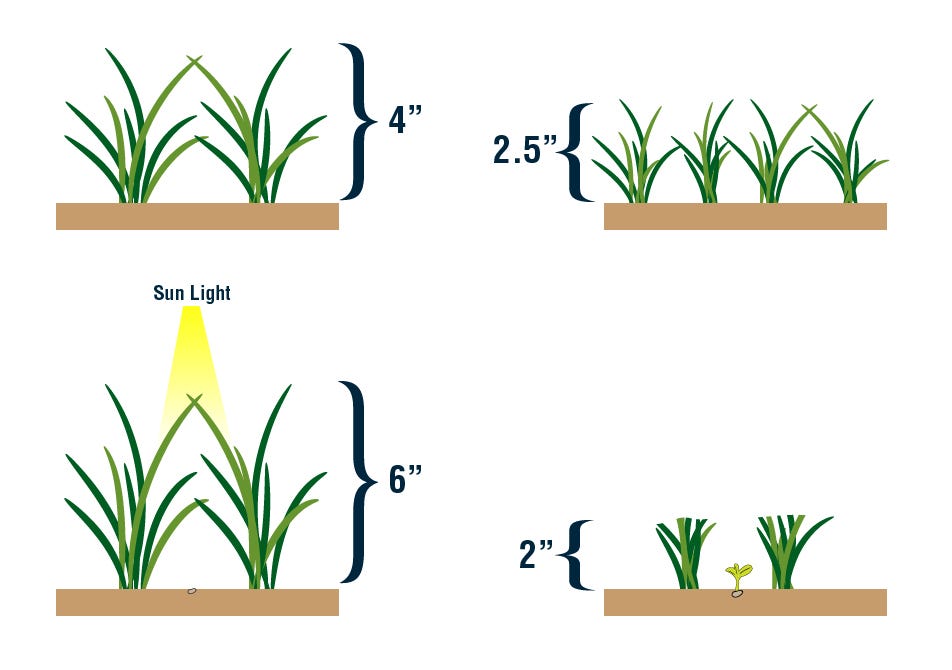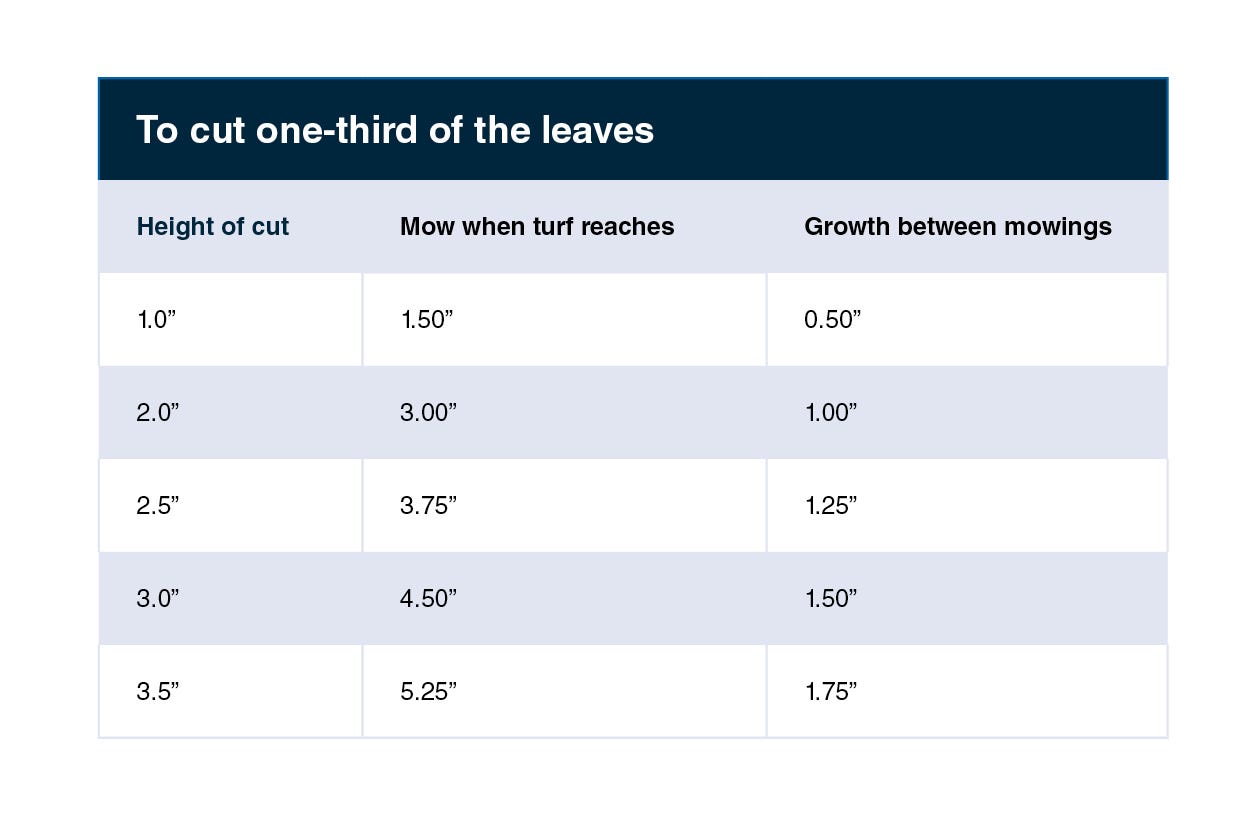Grow Covers 101
A complete guide to grow covers and how to utilize them for in-season repair, off-season growth promotion and important turf tips to keep in mind.
In-Season Repair
When your sports season is fully underway, field recovery becomes the name of the game. With back to back games, followed by events like homecoming and senior night, your field is pushed to its limit, just in time for playoffs to kick off. In order to finish the season strong, you may be looking for in-season repair tips to aid in field recovery.
Grow covers promote new growth by trapping heat on your field. This practice aids in field recovery by supporting new seed germination and nurturing existing grass. For the best results, pre-germinate seed for post-game applications. Add germinated seeds to divot mix or when broadcasting seed. Follow up with a light top dressing after seeding and immediately cover with grow blankets. Even if you only have a few days in between big games, grow covers can make a significant recovery impact. As temperatures drop, recovery becomes increasingly more difficult. When this happens, grow covers become essential in maintaining the safety and playability of your field.
We asked Tanner Coffman, Director of Sports Turf at Dick’s Sporting Goods Park how often he utilizes grow covers for in-season repair. Coffman said, “We use grow tarps in various situations, especially during the season to treat goal mouths and high traffic areas that are being topdressed and seeded. The grow tarps help trap moisture in and the seed germinates much faster in that humid environment.” Coffman is located in Colorado, where he not only battles a short growing season but his field is used by the MLS, which has the longest season.
If common wear areas are your biggest concern, consider custom grow covers. If you’re looking to save resources and time, you can have custom covers made for installation in areas that are experiencing the most wear, ex. goal mouths, endzones, sidelines and center field.
Read Next: 6 Tips for Combatting Your Field’s Common Wear Areas
Off-Season Repair
As the season closes out, consider utilizing grow blankets to aid in off-season recovery during the winter months. Grow covers will protect turf from frost and winter harshness. Applying grow covers on your field throughout the winter will also help with spring green up and have your field looking great on opening day the following season. If and when your region experiences a warm spell during the winter, peel back the cover from time to time to expose the seed to direct sunlight.
Turf Tip: How to Manage Turfgrass While Utilizing Grow Covers
Grow covers promote growth, growing grass must be managed. When utilizing grow covers in the winter be sure to take any opportunity the weather breaks, temperatures in the 40’ or 50’s, to remove the cover, mow and cover back up. When the cover is doing its job and causing the grass to grow, you want to mow it at least once or twice over the course of the winter. This will ensure that when you put the cover back on, you’re working with a freshly mowed field. If you don’t utilize this practice and allow your grass to grow up to 7 inches and beyond. The grass will get shaded out, causing everything lower than 3 inches to get thin and leggy. Then when your crew takes the field in the spring to mow everything back to game time height, you’ll only be left with the thin and leggy grass, essentially doing more harm than good with the grow covers. Allotting time and resources to perform those periodic mows will ensure that your emerald grass will be lush come March. Even if your region experiences a cold snap, the grass should be able to withstand it. If you wait to mow till March and a cold front sneaks up on you, the grass will have a more difficult time recovering.
Even when utilizing grow covers, it is best to follow the ⅓ rule for mowing and maintaining growing grass. See the below graphics to help you determine how much to mow in correlation to your desired game time grass height.




Lastly, Tanner Coffman left us with some final thoughts on how he and his crew utilize grow covers to meet the specific needs of their region. Coffman said, “In general, we use grow covers to extend our growing season. Here at altitude in Colorado, we have one of the shortest growing seasons in the country while at the same time, MLS soccer has the longest season of any sport. Extending our fall growing period a few weeks is vital to our success in preparing for the next soccer season that starts in February. Grow tarps help give us the soil temperatures to drive roots as well as provide a humid atmosphere to establish new seed prior to winter. Pairing grow covers with other technology is also super important. They work best in conjunction with grow lights, soil sensors, and subsurface heat to provide groundskeepers a fighting chance when growing grass in single digit temperatures.”
For more 101 content be sure to visit the rest of our Learn Center or shoot me an email for any specific questions you might have about grow covers and their proper usage.












